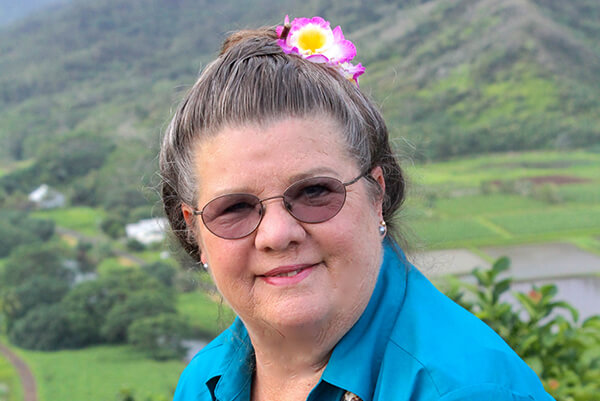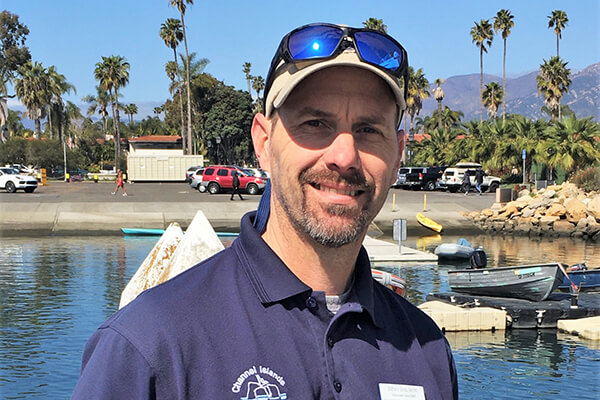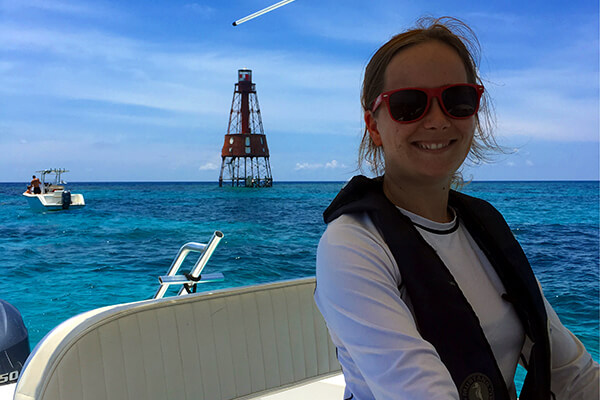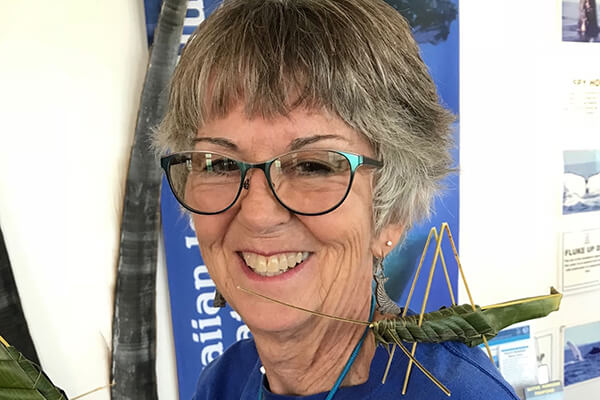National Volunteer Week
Our National Marine Sanctuary System volunteers ensure our underwater treasures are protected now and for future generations. These volunteers participate in a wide variety of activities including diving, whale identification, beach cleanups, water quality monitoring, collecting field observations and surveys, acting as visitor center docents, and wildlife monitoring. For National Volunteer Week, we are celebrating some of our stand-out volunteers. Read on to learn about these volunteer’s contributions to national marine sanctuaries and marine national monuments and their vision for ocean conservation.
Maka‘ala Ka‘aumoana
Hawaiian Islands Humpback Whale National Marine Sanctuary
7 years of volunteer service
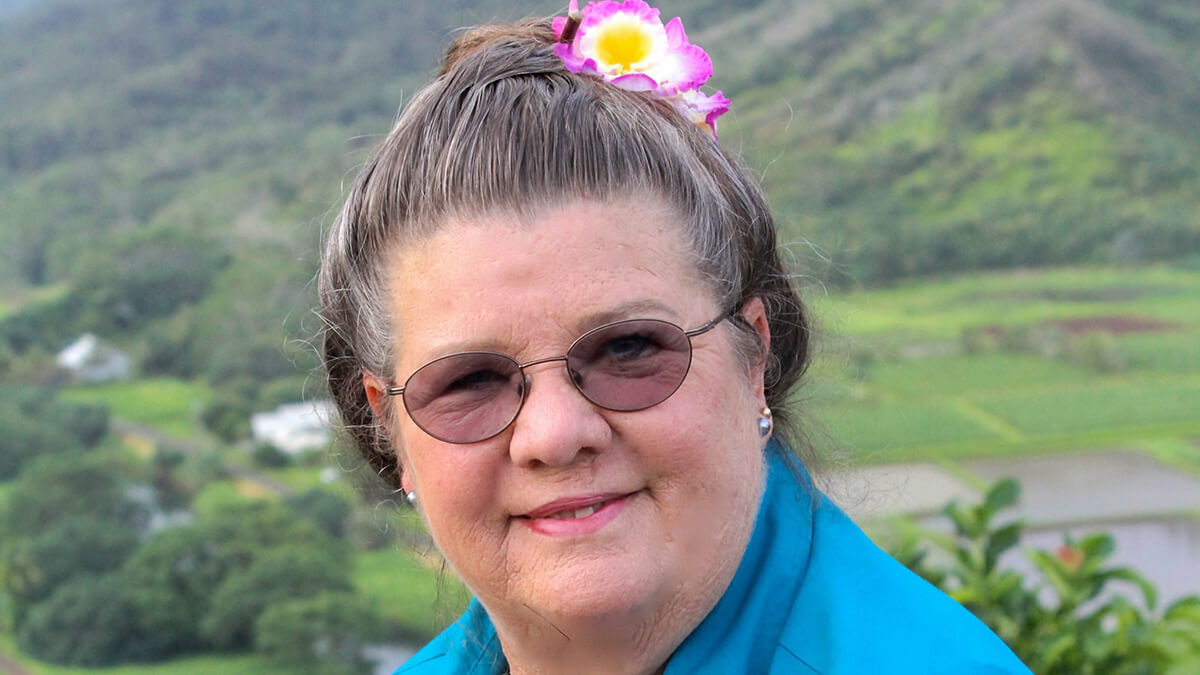
What does the National Marine Sanctuary System mean to you?
Our sanctuaries provide protection and refuge for our marine creatures and paths of connection for people and our marine environment. They support and promote ways to understand our Earth and actively participate in its resilience.
What is one of your proudest volunteer or citizen science contributions to the National Marine Sanctuary System?
Serving on the Sanctuary Advisory Council for Hawaiian Islands Humpback Whale National Marine Sanctuary has provided many opportunities to learn and share with others, but teaching children about how our sanctuary works in Hanalei on Kaua‘i has been very rewarding.
What is your vision for ocean conservation?
Ocean conservation cannot be considered in isolation from all conservation. Everything is connected. My vision is that these connections will be understood and fostered and life on land will thrive as partnered with life in the ocean.
Dino Dal Bon
Channel Islands Naturalist Corps, Channel Islands National Marine Sanctuary
13 years of volunteer service
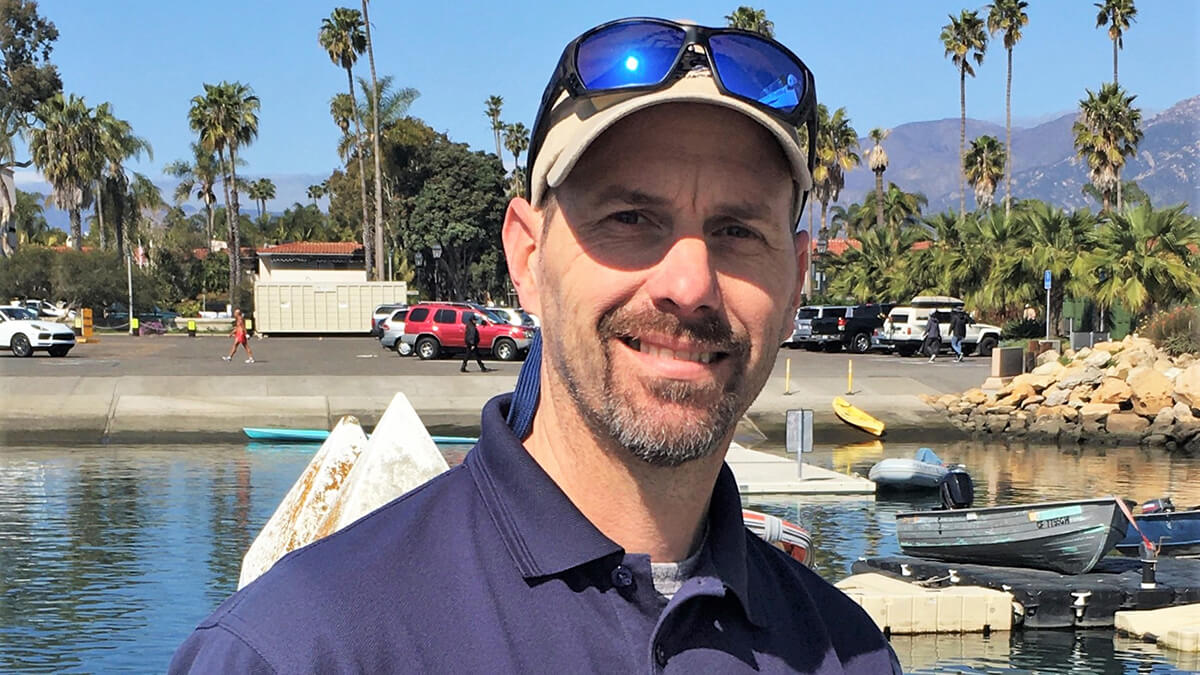
What does the National Marine Sanctuary System mean to you?
The National Marine Sanctuary System functions as our “underwater national parks” with its objective to protect the natural and historic features while allowing the public the ability to enjoy these waters in a responsible way. The National Marine Sanctuary System allows for the study and protection of unique species, and for the conservation of cultural features that enriches the American experience. The sanctuary system allows everyone to enjoy these living classrooms.
What is one of your proudest volunteer or citizen science contributions to the National Marine Sanctuary System?
I am very proud to have helped in the design, testing, and implementation of the Whale Alert and Ocean Alert [in testing stages] apps, which collect data of marine species seen out in the Santa Barbara Channel and elsewhere throughout the ocean. The hope is that other groups will use this, so that there is one uniform platform to collect this data. Furthermore, the apps have a feature that allows the public to help in the collection of data. No special training is required. I have participated in the Photo ID program that provides thousands of pictures of endangered species in the Santa Barbara Channel, and share this with scientists.
What is your vision for ocean conservation?
There needs to be public engagement. Citizen science allows the public to feel they have a vested interest in any area of study and are making a difference. We have guests from around the world that make it a priority to visit Channel Islands National Marine Sanctuary and Channel Islands National Park. They plan to travel here, go on a whale watch trip, or set foot on the Channel Islands. However, once you show them they can help with research efforts such as citizen science, I guarantee you, they are hooked and engaged. That is what happened to me!
Jessica Hogan
Florida Keys National Marine Sanctuary
3 years of volunteer service
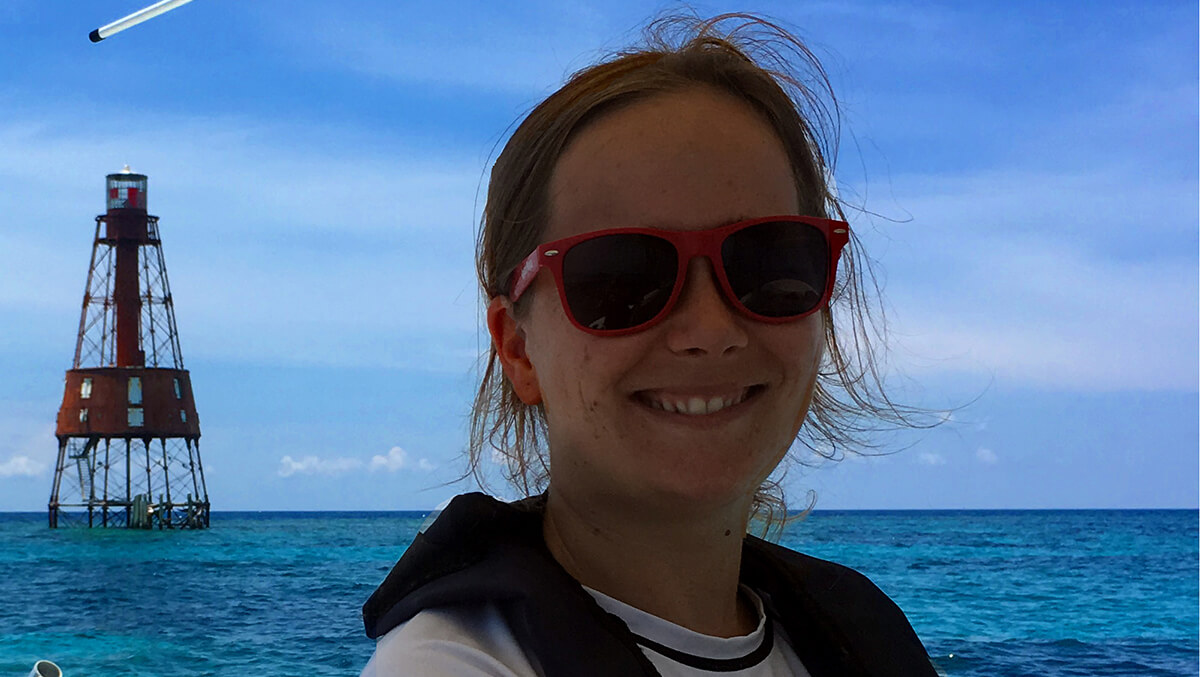
What does the National Marine Sanctuary System mean to you?
The National Marine Sanctuary System is exactly that – a sanctuary. A place to go where resources are abundant for everyone to enjoy. It allows people from all walks of life to experience the amazing aquatic resources our country has and hopefully inspires them to care about their environment.
What is one of your proudest volunteer or citizen science contributions to the National Marine Sanctuary System?
As part of the Goal: Clean Seas Florida Keys initiative, I have contributed to removing thousands of pounds of marine debris from Florida Keys National Marine Sanctuary. This is a huge group effort consisting of volunteers helping with shoreline, kayak, and diving cleanups. Together we have removed an incredible amount of trash from the ocean and I am so proud to be a part of this effort. Every little bit makes a difference and that is evidenced by our cleanups!
What is your vision for ocean conservation?
Ocean conservation starts with the people. If there is any hope of conserving our ocean resources for future generations, we need people of ALL ages to be engaged and to care. Children are more inclined to care about the environment, but it is also important for us to help adults understand why their decisions are so important for our environment, especially the ocean. We all have a part to play in conserving our ocean even if we live far from the coast!
Jaxine Wolfe
Stellwagen Sanctuary Seabird Steward and Sanctuary Ambassador, Stellwagen Bank National Marine Sanctuary
1.5 years of volunteer service
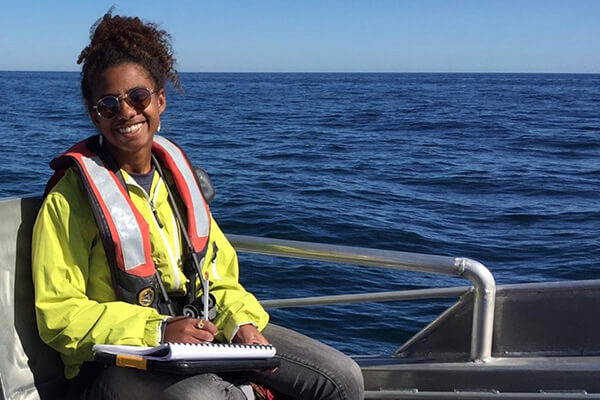
What does the National Marine Sanctuary System mean to you?
The National Marine Sanctuary System recognizes the importance of protecting marine environments which hold social, economic, and environmental value. The establishment of marine sanctuaries provides an interdisciplinary way to manage these resources and meet the goals of compatible use that will ensure the conservation of these natural assets.
What is one of your proudest volunteer or citizen science contributions to the National Marine Sanctuary System?
During my time with Stellwagen Bank National Marine Sanctuary, I’ve gotten to engage in educational outreach at public events in the Boston area, attend a congressional constituents cruise with local government representatives, and participate in data collection, analysis, and management of survey data for the Stellwagen Sanctuary Seabird Steward program. Using my knowledge of a statistical programming language called R, I worked to develop an automated workflow for the standardization and analysis of seabird data in the Stellwagen Bank region.
What is your vision for ocean conservation?
There’s no such thing as too much educational outreach! Everyone is a stakeholder in our ocean at some capacity, and there’s a lot that we don’t know about resources that we’ve largely taken for granted. In the future, I hope for more widespread education about the Earth’s ocean so that our society can engage in more responsible and informed uses of marine-based resources.
Jim Jewell
Olympic Coast Discovery Center docent, Marine Debris Monitoring Citizen Science program, Olympic Coast National Marine Sanctuary
15 years of volunteer service
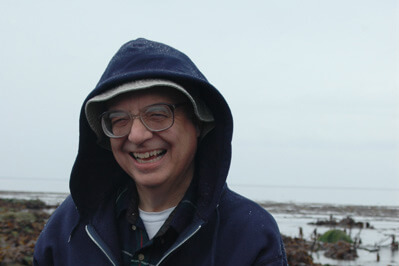
What does the National Marine Sanctuary System mean to you?
When I think of our National Marine Sanctuary System, I think of the nine sanctuaries that I have visited. I remember the feeling of awe looking at the USS Monitor turret soaking in a large treatment tank, or the mystical beauty of the Point of Arches during a hazy day on the Olympic Coast. Also, watching two pods of transient orcas playing together near the Channel Islands. These and many other wonderful experiences have shown me how important it is to preserve and protect these special places. I'm so grateful that we have our National Marine Sanctuary System, and look forward to future adventures. They are indeed national treasures.
What is one of your proudest volunteer or citizen science contributions to the National Marine Sanctuary System?
I'm very proud of my 15 years of service working at the Olympic Coast Discovery Center. I've interacted with thousands of visitors from all over the world, and enjoy sharing what is special about Olympic Coast National Marine Sanctuary, as well as the entire sanctuary system. Frequently, I find visitors who are unaware of the National Marine Sanctuary System. These are great opportunities to get the message out about ocean conservation and serious ocean issues, such as marine debris and ocean acidification. But, when I think of the proudest volunteer moment, it came last year when I was honored with the Olympic Coast National Marine Sanctuary Volunteer of the Year award. It was a special event that I will never forget.
What is your vision for ocean conservation?
Finding ways to improve our ocean health is my main hope. We are faced with several serious environmental threats. We need to do more education for the public, especially younger people. Repeatedly, I find visitors who have no knowledge of ocean acidification. We are already seeing signs that some marine life is being threatened in the Pacific Northwest. Without public support it will be very difficult to make the hard choices needed to reduce and hopefully eliminate our use of fossil fuels.
Marine debris is another issue that needs attention. For five years I worked a monthly marine debris survey site. I was amazed at all the plastic debris that washed up at my site each month. All this debris is totally preventable. New laws banning single use plastic bags and other plastics objects are a start. But, much more has to be done. We must continue to educate the public about the serious nature of plastics in the ocean.
The other pressing issue is what do we do with all the marine debris already in the ocean? The North Pacific Gyre is one of many locations where marine debris has accumulated in large quantities. Several private organizations are trying to find ways to collect the surface debris. I am hopeful they will succeed. If not, we must encourage new collection technologies. As far as the microplastics in the water column, I'm again hopeful that developing technologies will find a way. We can't give up. We must push forward with new ideas. The health of our ocean is at stake.
Mary Dillard
Communications Volunteer, Gray's Reef National Marine Sanctuary
1 year of volunteer service

What does the National Marine Sanctuary System mean to you?
To me, the National Marine Sanctuary System is the mechanism through which we can learn vital information about our nation's marine ecosystems. I, myself, as a communications intern at Gray's Reef National Marine Sanctuary, have come to learn more about marine science than I ever thought I would. I've learned just how valuable these habitats are, and the sanctuary system is their number one protector.
What is one of your proudest volunteer or citizen science contributions to the National Marine Sanctuary System?
My proudest moment as a volunteer was when I had the privilege of conducting pre-interviews with some of the most influential people in Gray's Reef history for a short film. I had the opportunity to speak at length with Jesse Hunt, a pupil of the reef's namesake Sam Gray, who did some of the first dives at Gray's Reef. There was also Reed Bohne, Gray’s Reef sanctuary’s first superintendent, and Cathy Sakas, a well-known and respected naturalist and longtime educator for NOAA.
What is your vision for ocean conservation?
My vision for ocean conservation is that hopefully one day people will be more aware of these sanctuaries and know their beauty and value. Once that happens, I know more people will actively do their part to care for the ocean.
Patricia Richardson
Mokupāpapa Discovery Center Docent, Papahānaumokuākea Marine National Monument
17 years of volunteer service
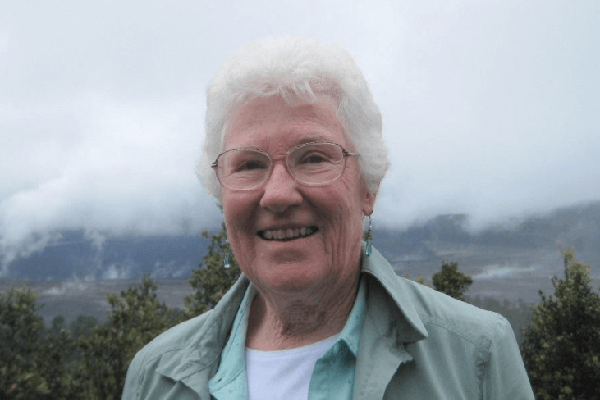
What does the National Marine Sanctuary System mean to you?
The National Marine Sanctuary System is one of the most valuable of federal government agencies. Its goals are the protection and exploration of the most important life support system on our planet.
What is one of your proudest volunteer or citizen science contributions to the National Marine Sanctuary System?
I am proud to know the people involved in the National Marine Sanctuary System and to play a small part in educating visitors about Papahānaumokuākea Marine National Monument. Since this vast, remote, and fragile area is closed to the public, it is important for us to bring the monument to the people, people of all ages and from all countries.
Greeting visitors to Mokupāpapa Discovery Center over the years has involved countless encounters with people from across town and many from across the planet and led to many friendships. I was especially honored to be selected as the monument’s Volunteer of the Year in 2007. I attended Capitol Hill Ocean Week in Washington D.C., where I met two of my favorite ocean heroes: Dr. Sylvia Earle and Jean Michel Cousteau.
What is your vision for ocean conservation?
My vision for ocean conservation involves educating and gathering a world-wide force of people in all walks of life to protect our waters, both fresh and salt. We must preserve all the life therein, from the tiniest alga and invertebrate to the largest fish and mammal. If we all care, we can make a difference.
Jeep Dunning
Visitor Center Docent, Sanctuary Lecturer, Outreach Interpreter, Administration Assistant, Education Assistant & Sunset Turtle Patrol Docent at Hawaiian Islands Humpback Whale National Marine Sanctuary with 17 years of volunteer service.
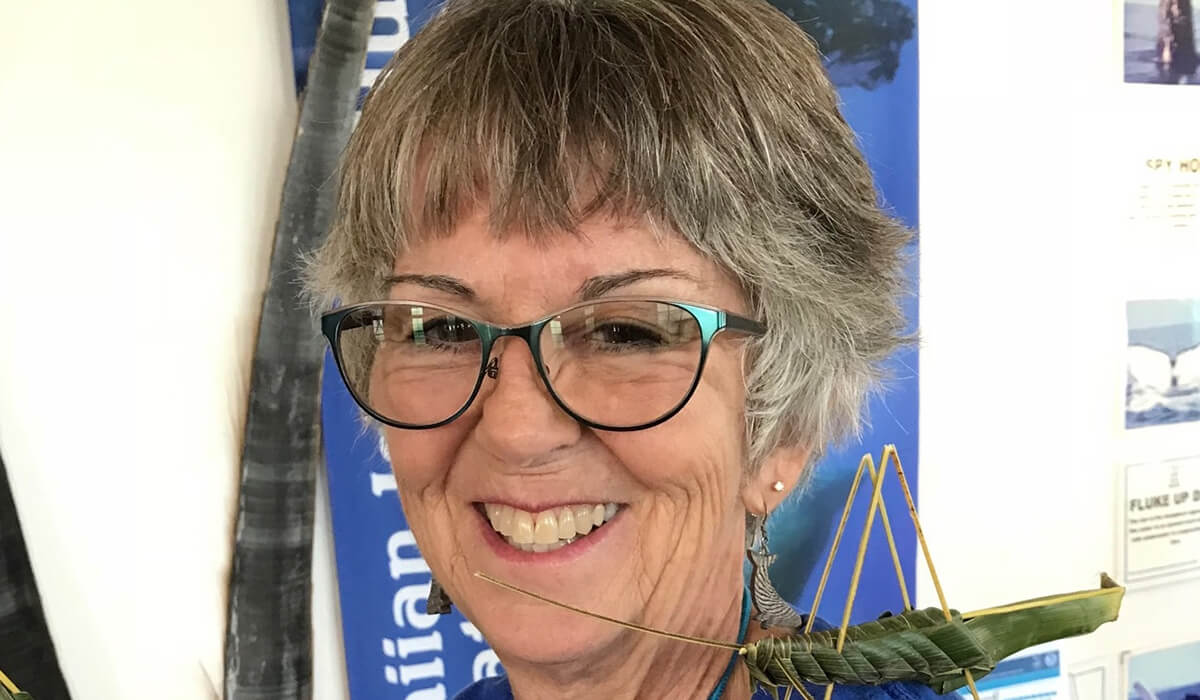
What does the National Marine Sanctuary System mean to you?
Hawaiian Islands Humpback Whale National Marine Sanctuary is my Maui Ohana (family). I have made many dear friends from all over the country and the world. I have become a lifelong learner with access to the newest and up-to-date marine science, taught by scientists at the forefront of their field. I found that I love to teach and delight in sharing information about our whales, turtles, monk seals, fish, and the ocean that surprises and intrigues both children and adults.
What is one of your proudest volunteer or citizen science contributions to the National Marine Sanctuary System?
One of my proudest moments was as a co-presenter of the 45 Ton Talk with Ed Lyman to the residents of Moloka‘i. Another was to be named Hawaiian Islands Humpback Whale National Marine Sanctuary Volunteer of the Year in 2016.
What is your vision for ocean conservation?
My vision for ocean conservation is to see a shift in the direction of education and policy in relation to ocean conservation. Every citizen of the U.S. and the world must understand the dire consequences that we face as the health of our ocean deteriorates. Before I leave the planet, I would love to feel that the countries of the world are taking the appropriate steps to heal our ocean and our Earth.
Paul H. Meredith
BayNet, Plankton Monitoring Network, Monterey Bay National Marine Sanctuary
2 years of volunteer service
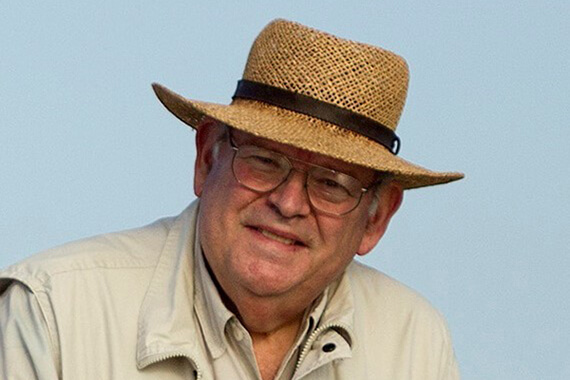
What does the National Marine Sanctuary System mean to you?
The National Marine Sanctuary System protects the ocean, their habitats, flora and fauna, our Earth's most vital resources. It acts as a bulwark protecting those resources in three ways:
- through leading edge science by staff and in collaboration with a diverse set of academic researchers and educators;
- by employing best conservation practices, based on good science, in its 14 national marine sanctuaries and two marine national monuments; and
- by providing a framework for education of the public and students of all levels and ages about those sanctuaries and monuments about their value to our citizens and the ecological; and environmental issues and threats to those resources if they are to be conserved and in some cases restored.
What is one of your proudest volunteer or citizen science contributions to the National Marine Sanctuary System?
I will be 76 next month. My proudest contribution are the smiles and excitement on the faces of young people when I actively engage them in my research or observations, as they gather a deeper understanding of why our ocean is so important and the role they can play if the learn to act on that understanding whether they become scientist, stakeholders, or policy makers in the future.
What is your vision for ocean conservation?
We have a long way to go, a very limited time to get there, and what appear at times to be insurmountable barriers to reversing the damage we have and are now doing to our ocean/world. It is imperative that the science community address those issues giving full weight to the cliché “new normal” means old models shared by policy makers may not work. Science education then becomes one of the keys. Lighting that spark is the key to the future. Making these things happen are the roles of the National Marine Sanctuary System and its volunteers in ocean conservation. We must not fail.


